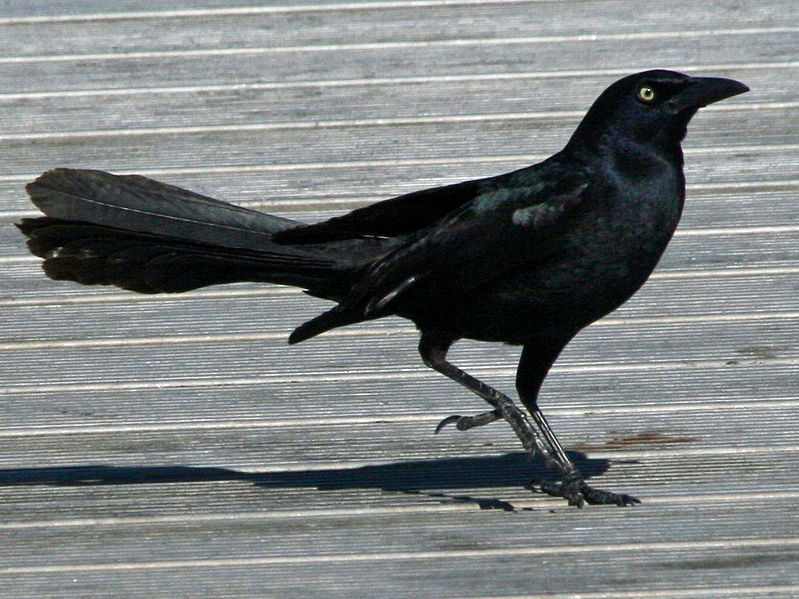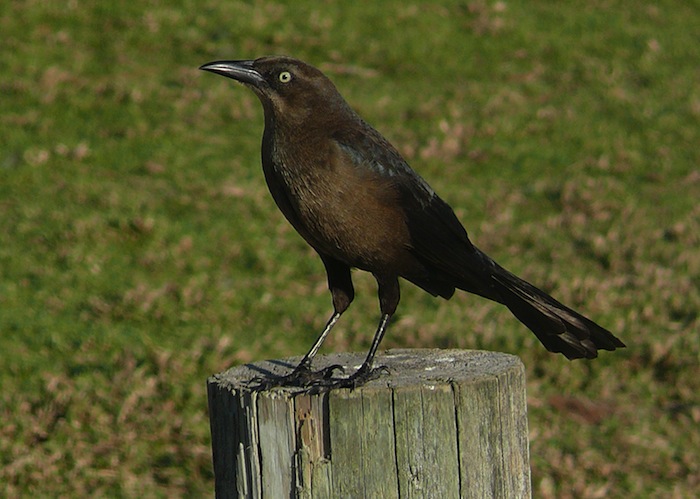
If you’re reading this blog, you’re obviously a big fan and supporter of birds. However, not everyone likes every bird.
According to an article this week in the USA Today, reports of the expansion of the Great-tailed Grackle are driving many people crazy. The reason is that these birds—which many not-so-fondly call devil birds—are loud, rapacious and difficult to get rid of.
The male Great-tailed Grackle is deep black with iridescent plumage. The birds have amazingly long tails, nearly as long as their bodies, and can sometimes be confused with crows. Up until fairly recently, the birds were mainly found at the southern tip of Texas, but they’ve since been expanding north and west—causing many people headaches. Here’s an excerpt from the article:
That might make them nice for bird watchers. But for residents of areas they colonize, not so much. Grackles tend to congregate in large flocks and like shopping centers and fast-food store parking lots, where there’s trash for food and trees or light posts for perching. Their droppings can spread disease, and they can damage citrus crops.
They’re also known for their annoying, almost mechanical call that begins at dawn and dusk. Add to that their frequent attacks on other birds, and they’re simply not good neighbors.
The article continues on to describe just how damaging the birds are: they travel in massive flocks, descend on crops and are really noisy, making the kind of metallic call similar to other blackbirds.

To give credit, many of those in the article who were smack dab in the middle of the recent colonization of the grackles were not poisoning the birds or shooting them. They were using other methods instead.
For example, one bird service company in Texas uses a falconer to scare them off or points lasers at the trees, which disrupts their senses. Others light firecrackers in buckets to shoo them away.
Even though the grackles have been specially removed from the Migratory Bird Treaty Act, let’s hope that those in the path of the Great-tailed Grackles continue using safe and environmentally friendly methods of getting the birds to roost elsewhere.
If your bird feeder happens to be in the direct path of a hungry flock of grackles, check out this previous post on how to stop starlings from taking over feeders. The same solutions will also work for grackles.




1 Comment
Unfortunately, eventually the only species of animals left are going to be the ones that we call “pests” because they have best learned how to adapt and use US for their means.
I actually don’t mind grackles, though I don’t like their aggression towards doves and killdeer. I’ve kinda gotten used to their noise so much that I almost don’t hear it.